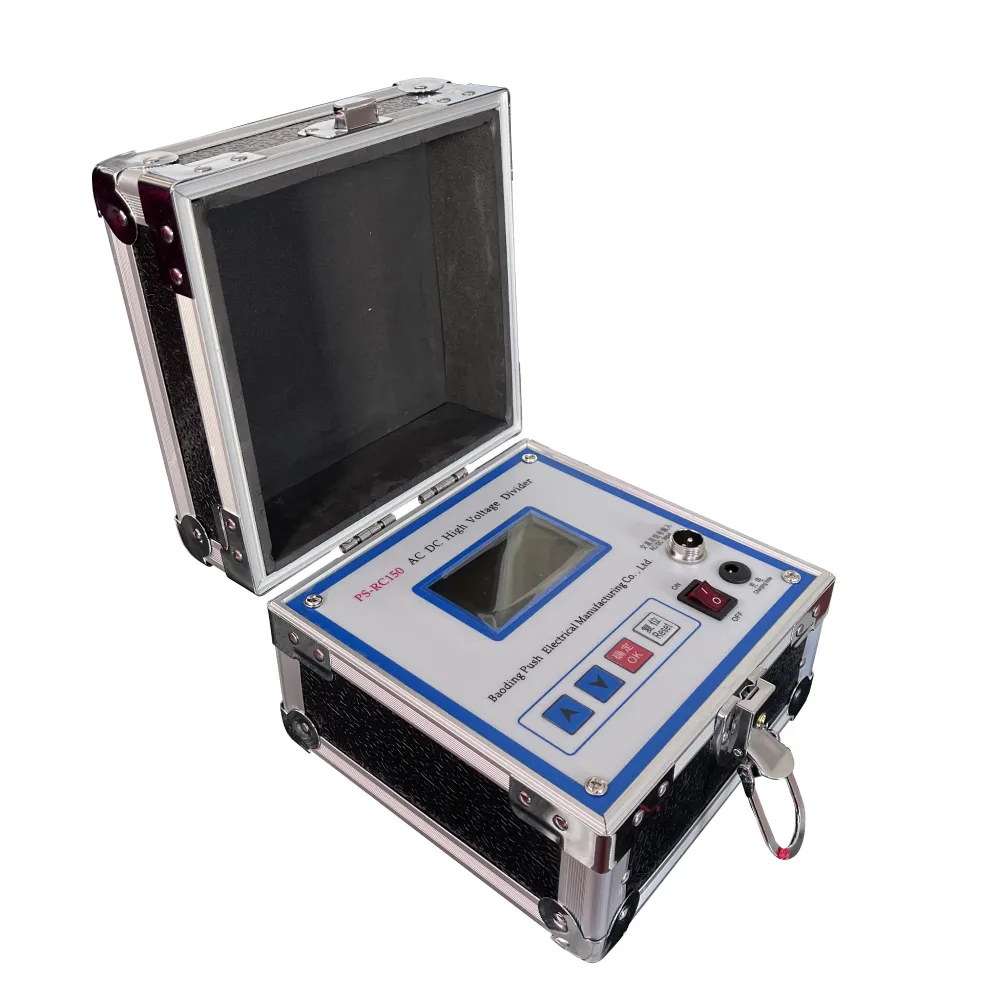 English
English



-
 Afrikaans
Afrikaans -
 Albanian
Albanian -
 Amharic
Amharic -
 Arabic
Arabic -
 Armenian
Armenian -
 Azerbaijani
Azerbaijani -
 Basque
Basque -
 Belarusian
Belarusian -
 Bengali
Bengali -
 Bosnian
Bosnian -
 Bulgarian
Bulgarian -
 Catalan
Catalan -
 Cebuano
Cebuano -
 China
China -
 China (Taiwan)
China (Taiwan) -
 Corsican
Corsican -
 Croatian
Croatian -
 Czech
Czech -
 Danish
Danish -
 Dutch
Dutch -
 English
English -
 Esperanto
Esperanto -
 Estonian
Estonian -
 Finnish
Finnish -
 French
French -
 Frisian
Frisian -
 Galician
Galician -
 Georgian
Georgian -
 German
German -
 Greek
Greek -
 Gujarati
Gujarati -
 Haitian Creole
Haitian Creole -
 hausa
hausa -
 hawaiian
hawaiian -
 Hebrew
Hebrew -
 Hindi
Hindi -
 Miao
Miao -
 Hungarian
Hungarian -
 Icelandic
Icelandic -
 igbo
igbo -
 Indonesian
Indonesian -
 irish
irish -
 Italian
Italian -
 Japanese
Japanese -
 Javanese
Javanese -
 Kannada
Kannada -
 kazakh
kazakh -
 Khmer
Khmer -
 Rwandese
Rwandese -
 Korean
Korean -
 Kurdish
Kurdish -
 Kyrgyz
Kyrgyz -
 Lao
Lao -
 Latin
Latin -
 Latvian
Latvian -
 Lithuanian
Lithuanian -
 Luxembourgish
Luxembourgish -
 Macedonian
Macedonian -
 Malgashi
Malgashi -
 Malay
Malay -
 Malayalam
Malayalam -
 Maltese
Maltese -
 Maori
Maori -
 Marathi
Marathi -
 Mongolian
Mongolian -
 Myanmar
Myanmar -
 Nepali
Nepali -
 Norwegian
Norwegian -
 Norwegian
Norwegian -
 Occitan
Occitan -
 Pashto
Pashto -
 Persian
Persian -
 Polish
Polish -
 Portuguese
Portuguese -
 Punjabi
Punjabi -
 Romanian
Romanian -
 Russian
Russian -
 Samoan
Samoan -
 Scottish Gaelic
Scottish Gaelic -
 Serbian
Serbian -
 Sesotho
Sesotho -
 Shona
Shona -
 Sindhi
Sindhi -
 Sinhala
Sinhala -
 Slovak
Slovak -
 Slovenian
Slovenian -
 Somali
Somali -
 Spanish
Spanish -
 Sundanese
Sundanese -
 Swahili
Swahili -
 Swedish
Swedish -
 Tagalog
Tagalog -
 Tajik
Tajik -
 Tamil
Tamil -
 Tatar
Tatar -
 Telugu
Telugu -
 Thai
Thai -
 Turkish
Turkish -
 Turkmen
Turkmen -
 Ukrainian
Ukrainian -
 Urdu
Urdu -
 Uighur
Uighur -
 Uzbek
Uzbek -
 Vietnamese
Vietnamese -
 Welsh
Welsh -
 Bantu
Bantu -
 Yiddish
Yiddish -
 Yoruba
Yoruba -
 Zulu
Zulu
Evaluation of Transformer Winding Using Winding Test Procedures and Techniques
Winding Test of Transformer Ensuring Reliability in Electrical Systems
Transformers are vital components in electrical power systems, utilized for voltage conversion, thus enabling the efficient transmission and distribution of electricity. Among various testing methods employed to ensure their reliability and performance, the winding test stands out as a critical procedure. This test focuses on the transformer windings—both primary and secondary—with the objective of identifying issues such as insulation breakdown, winding displacement, and other potential faults that can compromise the operational integrity of the transformer.
Importance of the Winding Test
The winding test is pivotal for several reasons. Firstly, it helps in verifying the integrity of the transformer’s windings, which are subjected to different electrical and thermal stresses during operation. Over time, these stresses can lead to insulation degradation, which is one of the leading causes of transformer failure. By conducting routine winding tests, operators can detect early signs of insulation failure and address them before they escalate into more severe issues.
Secondly, the winding test assesses the ratio of transformation, ensuring that the voltage levels are consistent with the design specifications. Any deviation from the expected turns ratio can lead to insufficient voltage regulation and increased losses, ultimately affecting the overall performance of the power system.
Types of Winding Tests
There are several methods for testing transformer windings, each serving specific purposes
1. Resistance Measurement This involves measuring the DC resistance of the windings. Variations in resistance can indicate problems such as loose connections, damaged windings, or abnormal heating conditions. This test is usually performed at room temperature, and corrections must be made for temperature fluctuations.
winding test of transformer

2. Induced Voltage Test In this test, a high voltage is applied to the windings, and the resultant induced voltage in a secondary coil is measured. This method helps ensure that the insulation between the windings and the core can withstand operational voltages without breakdown.
3. Power Factor Test This test evaluates the insulation condition of the windings by measuring the power factor angle. A higher power factor indicates that the insulation is deteriorating, which could lead to eventual failure.
4. Transformer Turns Ratio (TTR) Test This test assesses the turns ratio of the transformer windings to ensure they are within the specified limits. It is an essential diagnostic tool that helps to identify winding integrity and potential short-circuit conditions.
Best Practices for Conducting Winding Tests
To conduct effective winding tests, it is crucial to follow best practices. Firstly, safety must be the top priority—technicians should wear personal protective equipment (PPE) and ensure that the transformer is de-energized before testing. Additionally, maintaining proper documentation of all test results is vital for tracking the performance of the transformer over time.
Moreover, tests should be conducted periodically as part of a comprehensive maintenance program. This proactive approach ensures potential issues are identified and mitigated early, reducing the risk of unexpected failures and extending the lifespan of the transformer.
Conclusion
The winding test of transformers plays a fundamental role in maintaining the reliability and efficiency of electrical systems. By implementing regular testing procedures, operators can ensure that transformers operate within their required specifications, thereby minimizing the risk of failure and enhancing the overall safety and performance of the power grid. As the demand for electricity continues to grow, prioritizing regular maintenance and testing of transformers will be crucial for sustaining the integrity of modern electrical infrastructure.
-
Testing Equipment Industry Sees Major Advancements in 2025: Smart & Precision Technologies Lead the WayNewsJun.06,2025
-
Applications of Direct Current Generators in Renewable Energy SystemsNewsJun.05,2025
-
Hipot Tester Calibration and Accuracy GuidelinesNewsJun.05,2025
-
Digital Circuit Breaker Analyzer Features and BenefitsNewsJun.05,2025
-
Benefits of Real-Time Power Quality Monitoring Devices for Industrial EfficiencyNewsJun.05,2025
-
Earth Fault Loop Testing in High-Rise Building Electrical SystemsNewsJun.05,2025



